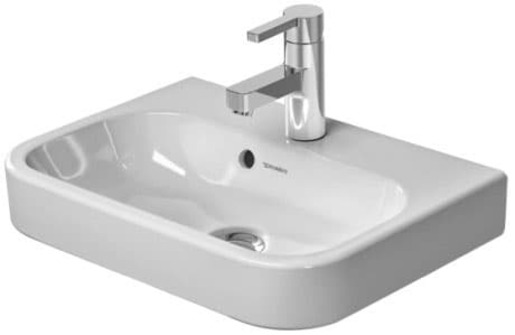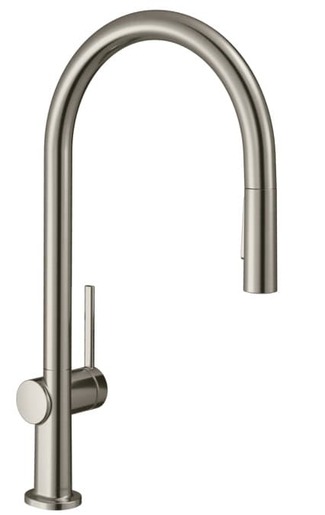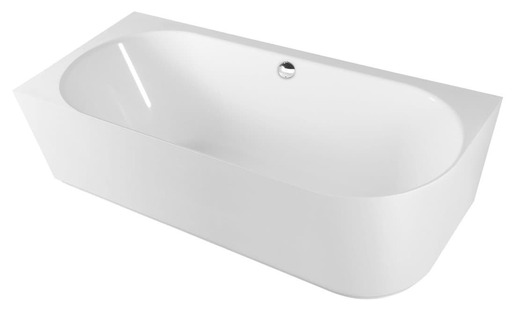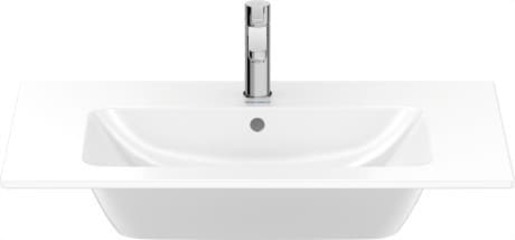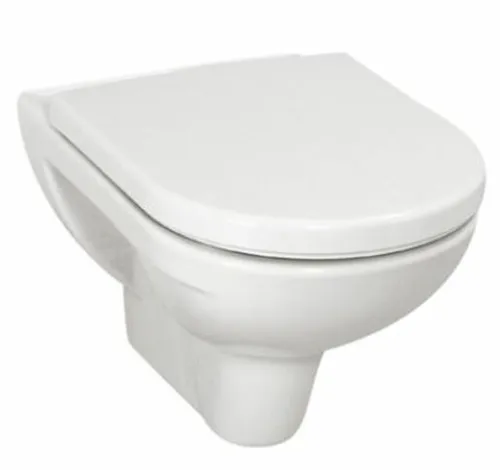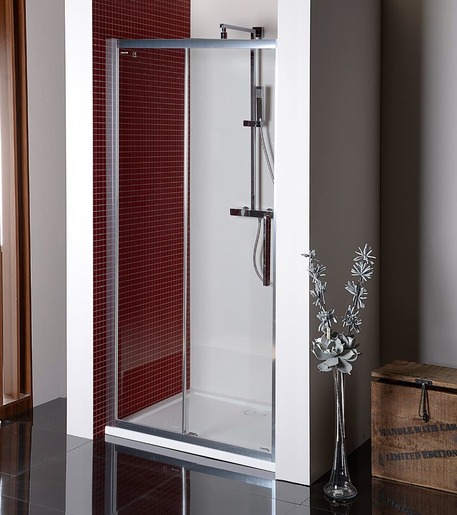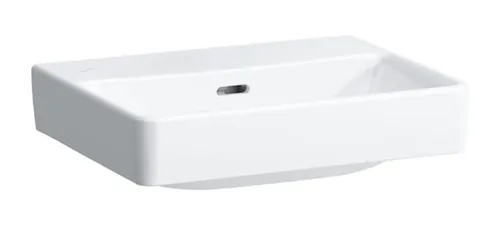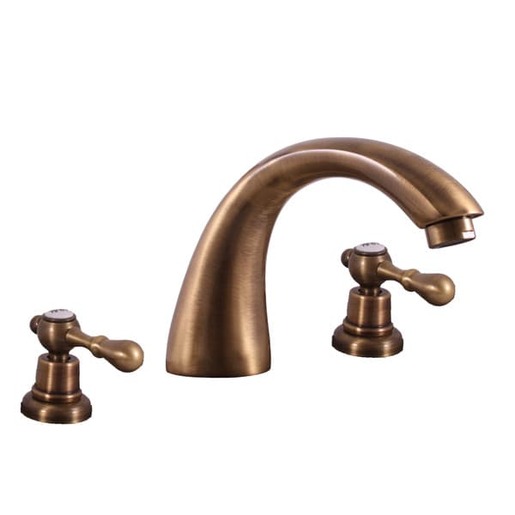Plumbing fixtures are essential components in any residential or commercial plumbing system, designed to facilitate the flow of water and waste. These fixtures include sinks, faucets, toilets, bathtubs, and showers, serving a variety of functions from hygiene to cooking. They are intended for homeowners, builders, and contractors who seek to enhance the functionality and aesthetics of their spaces. Selecting the right plumbing fixtures is crucial, as they not only impact the efficiency of water usage but also contribute to the overall design and comfort of a home or business.
When choosing plumbing fixtures, several key factors should be considered. First, the material of the fixture plays a significant role in its durability and maintenance. Common materials include stainless steel, porcelain, and plastic, each offering unique benefits. Stainless steel is known for its strength and resistance to corrosion, while porcelain provides a classic look and is easy to clean. Additionally, consider the style and finish of the fixtures, as these elements should complement the overall design of your space. Popular finishes include chrome, brushed nickel, and oil-rubbed bronze, each offering a different aesthetic appeal.
Another important parameter is the water efficiency of the fixtures. Look for products that are certified by the Environmental Protection Agency’s WaterSense program, which indicates they meet strict water-saving standards. This not only helps in conserving water but can also lead to lower utility bills. Additionally, consider the features of the fixtures, such as touchless faucets or dual-flush toilets, which can enhance convenience and functionality.
Different variations of plumbing fixtures come with their own advantages and disadvantages. For instance, while a traditional toilet may be less expensive upfront, a high-efficiency model can save more water over time, making it a more economical choice in the long run. Similarly, while a freestanding bathtub can serve as a stunning focal point in a bathroom, it may require more space and plumbing adjustments compared to a built-in model. Understanding these trade-offs can help you make informed decisions that align with your needs and preferences.
To ensure the longevity and optimal performance of your plumbing fixtures, proper maintenance is essential. Regularly check for leaks and drips, as these can lead to water waste and increased utility costs. Clean fixtures with non-abrasive cleaners to avoid scratching surfaces, and consider using vinegar or baking soda for tough stains. For faucets and showerheads, periodically remove and clean aerators to maintain water flow and pressure.
To get the most out of your plumbing fixtures, consider how they can be combined with other elements in your space. For example, pairing a modern faucet with a vintage sink can create a unique contrast that enhances the overall design. Additionally, investing in high-quality plumbing fixtures can improve the resale value of your home, making it a worthwhile consideration for homeowners looking to upgrade.
In conclusion, selecting the right plumbing fixtures involves careful consideration of materials, styles, water efficiency, and features. By understanding the advantages and disadvantages of different variations and committing to regular maintenance, you can ensure that your plumbing fixtures not only meet your functional needs but also enhance the beauty and value of your space. Whether you are renovating a bathroom or outfitting a new kitchen, making informed choices in this category will lead to a more satisfying and efficient plumbing experience.
show more text


